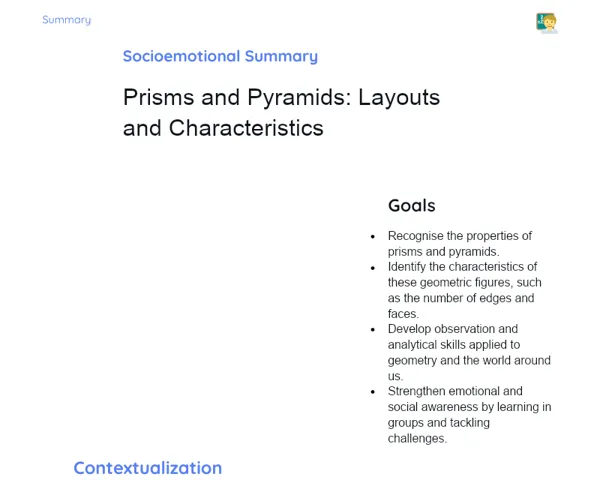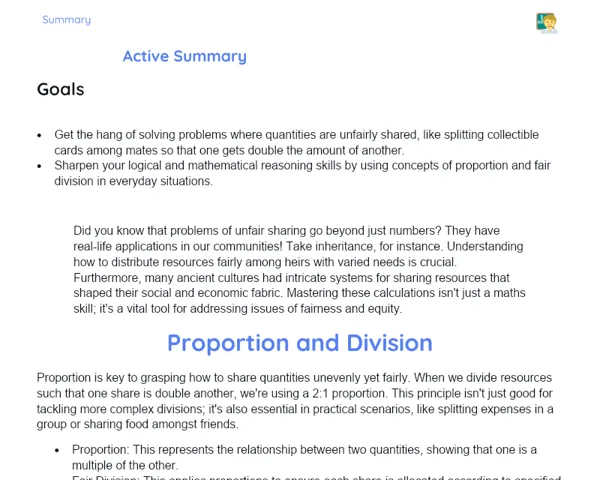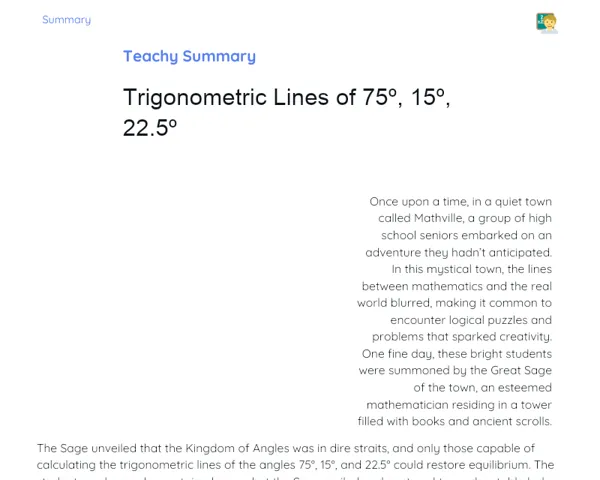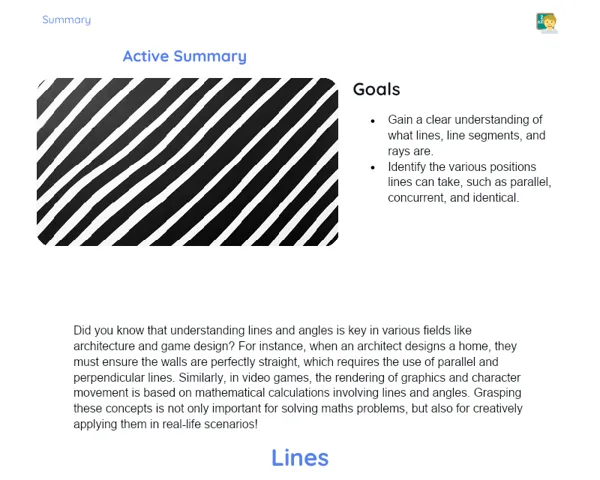Goals
1. Grasp what defines a rectangle.
2. Calculate the lengths of sides and angles in a rectangle.
3. Tackle problems involving rectangles.
Contextualization
Rectangles pop up all around us in ways we might not even realise. From our phone screens to the tables we sit at for meals, rectangles are geometric shapes that are crucial in many practical situations. It’s important to understand the properties of a rectangle and how to calculate its dimensions—not just for solving maths problems, but also to better grasp fields like architecture, interior design, and civil engineering. For instance, an architect needs to accurately measure areas and perimeters of rectangular spaces to create buildings that are both efficient and functional.
Subject Relevance
To Remember!
Definition of Rectangle
A rectangle is a four-sided shape (quadrilateral) where all internal angles are at right angles (90 degrees). Moreover, opposite sides of a rectangle run parallel and are equal in length. This means a rectangle has two dimensions: length and width, which intersect at right angles.
-
All angles are 90 degrees.
-
Opposite sides are equal and parallel.
-
Has two dimensions: length and width.
Properties of Rectangles
Rectangles have properties such as equal opposite sides, right angles, and the ability to be split into two identical triangles by drawing a diagonal. These properties are key for various real-world uses, such as calculating areas and perimeters.
-
Opposite sides are equal.
-
All angles are right (90 degrees).
-
Can be divided into two identical triangles.
Calculating Perimeter and Area of a Rectangle
To find the perimeter of a rectangle, add the lengths of all the sides, which is equivalent to two times the sum of the length and width. The area, on the other hand, is found by multiplying length by width. These formulas are essential for addressing practical issues involving rectangles.
-
Perimeter = 2 * (length + width).
-
Area = length * width.
-
These formulas apply to a variety of real-world scenarios.
Practical Applications
-
In architecture, determining areas and perimeters is key for the effective design of building spaces, both inside and out.
-
In graphic design, rectangles are utilised to create page layouts, posters, and user interfaces, ensuring a balanced visual presentation.
-
In civil engineering, understanding rectangle properties helps in calculating surface areas and volumes, contributing to the precision and efficacy of projects.
Key Terms
-
Rectangle: A four-sided shape with four right angles.
-
Perimeter: The total length of all sides of a geometric shape.
-
Area: The measure of the internal surface of a shape, calculated by multiplying the length by the width in a rectangle.
Questions for Reflections
-
How can understanding rectangle properties benefit your future career?
-
In what ways can being able to calculate area and perimeter help solve everyday problems?
-
What challenges have you faced in measuring and constructing rectangles, and how did you overcome them?
Sketching a Rectangular Area
To solidify your understanding of rectangles, you'll be tasked with drawing a rectangular area on a sheet of graph paper, calculating its dimensions and putting into practice what you’ve learned.
Instructions
-
Grab a piece of graph paper and a ruler.
-
Draw a rectangle measuring 6 cm in width and 10 cm in length.
-
Calculate the perimeter of the rectangle you've drawn.
-
Calculate the area of your rectangle.
-
Write down your detailed calculations next to the rectangle on your graph paper.
-
Compare your findings with those of your classmates and discuss potential variations and their real-world uses.



